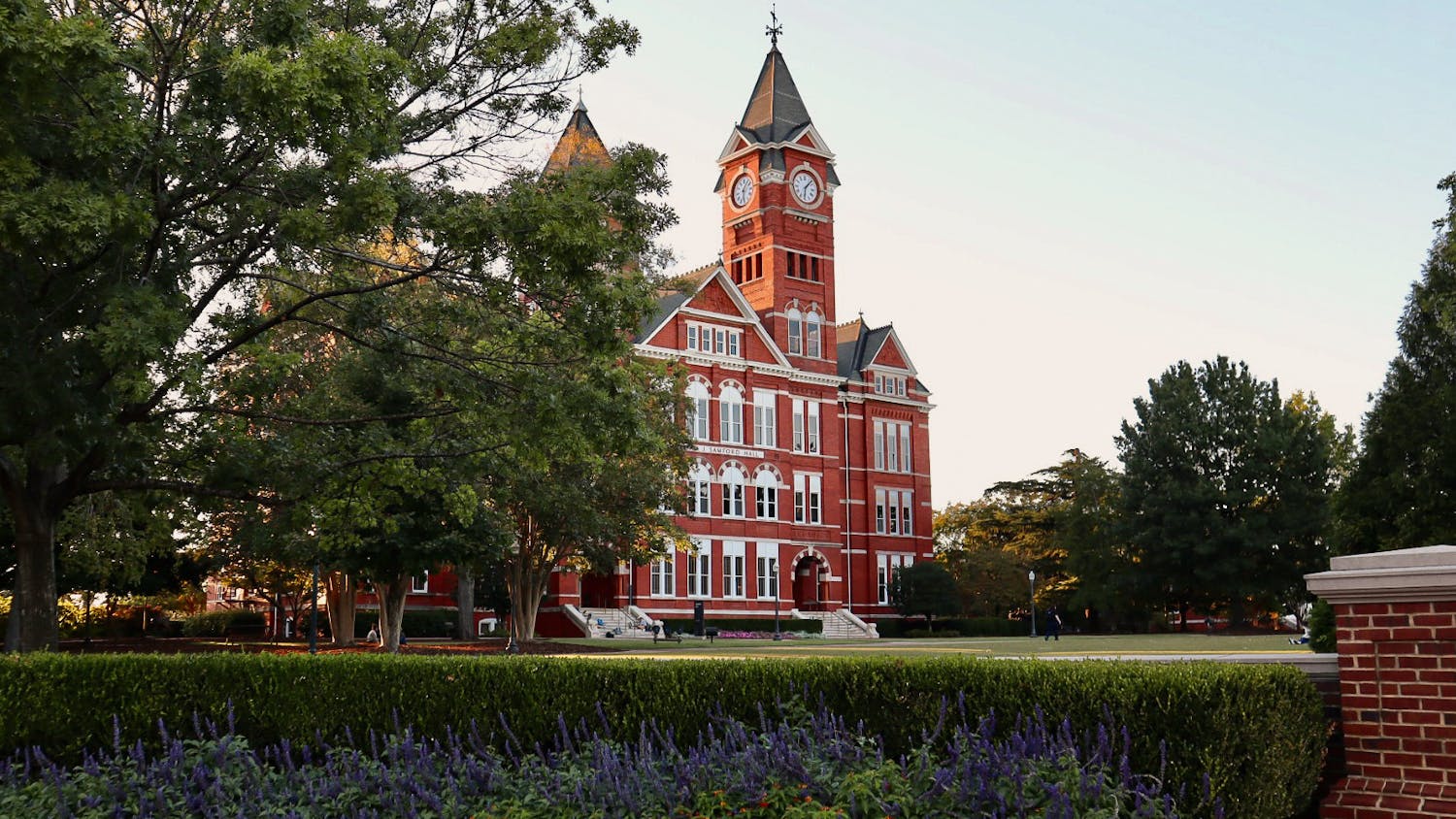“Lady Bird” is a movie that asks a lot of questions. The first being, who is Lady Bird?” Christine “Lady Bird” McPherson (Saoirse Ronan) is a 17-year-old growing up in 2002 and attending a private Catholic school in Sacramento, California. She argues with her mother, loves her best friend, and desperately wants to escape her home town. Lady Bird refuses to be called by the name her parents gave her, literally jumps out of a moving car to avoid talking to her mother, and snacks on communion wafers with her best friend Julie (Beanie Feldstein). Basically, she hates conformity, and revels in irreverence. She has childish expectations about money, family, and love, but throughout the movie the audience watches her grow up and come to terms with these fantasies. The audience also gets to see her learn about relationships and love, not just romantically, but the kind of love that is found in families and friendships as well.
“Lady Bird” often finds its conflict in the lies that friends and families tell each other and the subsequent fallout after the truth is discovered. Throughout the film Lady Bird, and the people around her tell lies to try and control their image. Time and time again though, when these lies fall apart more harm is done to everyone involved than if the truth had been told originally. But the repetition with which this occurs also reminds the audience that these kinds of small lies are how people try to project an image of themselves. Similarly, some of the characters in the film suffer with depression, yet they are consistently the ones who smile the most. They are the ones who are always thought to be the happiest person in the room, but each of them has their own internal struggle. This is in no way malicious, but it does point to how people continually try to be what they think they should be.
This movie is able to capture familial discussions and conflicts in a very realistic manner. Characters often speak over one another, dialogue is shouted from room to room, and most of the family members seem to always be doing something around the house. And while some of the individual lines do sound cliché, the way in which they are delivered by the actors on screen makes them relatable.
The early 2000’s vibe is very strong in this movie. Teenagers hang out in parking lots, hair is Kool-Aid dyed, and Puka shell necklaces are common features. And while all of these can be looked down on as stereotypes, there is something nostalgic about seeing them portrayed in such a beautiful way. The movie is also punctuated with news reels about the terrorist attacks on 9/11 and the invasion of Iraq. While all of these elements set the film firmly in the early 2000’s, the relatability of the characters and the situations they find themselves in make it applicable to modern audiences.
Finally, this movie looks at the difference between liking and loving. And while that seems like a stereotypical idea, this movie examines in a way where it is a question not about feelings, but about maturity. Since the audience gets to see Lady Bird grow up, she is the one that is shown learning the difference between liking and loving. Multiple boys that she “loves” come along, but all of them let her down in some way. This is contrasted with her mother whom she constantly fights with, but is always there for her when she is needed. This theme is also explored in Lady Bird’s feelings toward Sacramento. She spends a lot of the movie hating on the city, but it’s the detailed attention that she gives it that lets the audience know she loves it.
Do you like this story? The Plainsman doesn't accept money from tuition or student fees, and we don't charge a subscription fee. But you can donate to support The Plainsman.




